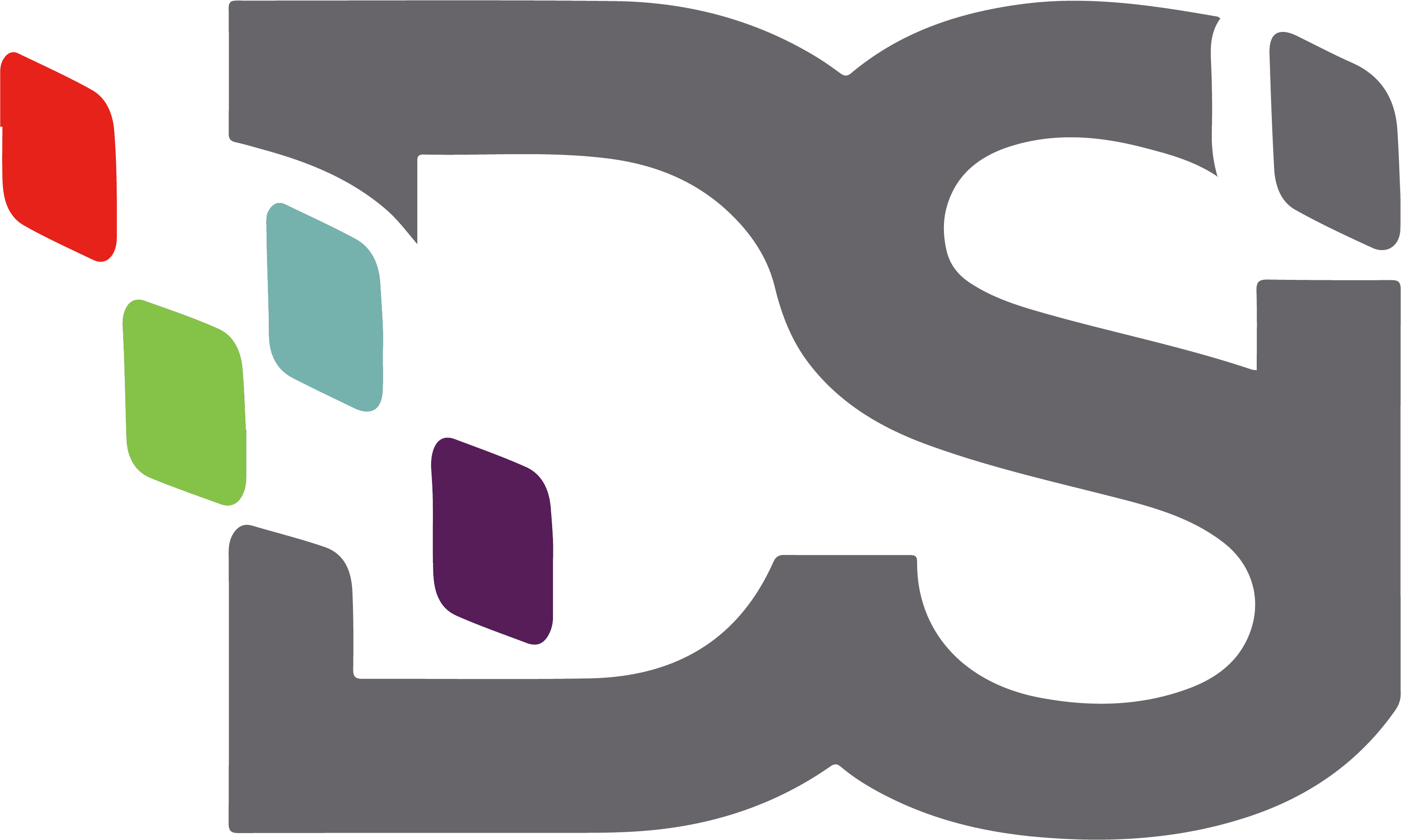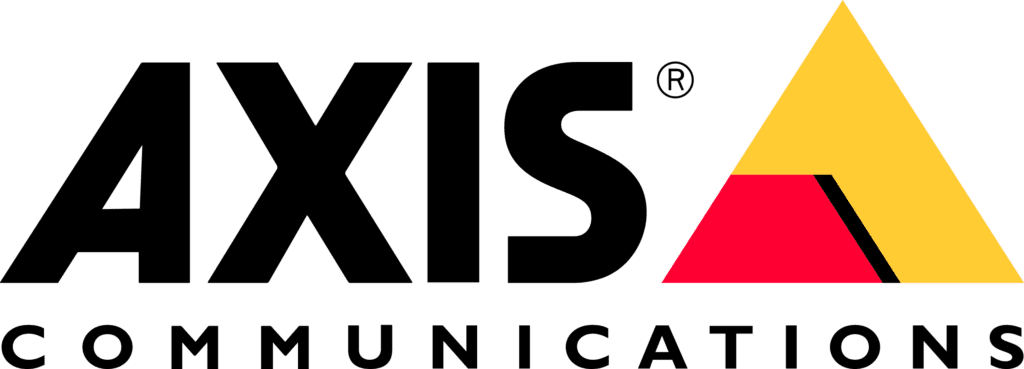
Healthcare professionals already work within highly regulated fields. Whether they are providing care or doing clinical research, an overarching compliance framework influences each task performed. Legislative agendas constantly change the landscape, while new laws touch on everything from medical device manufacturing to healthcare insurance providers’ tax returns. Keeping up to date with all the changes isnt just tough, it becomes a nearly impossible responsibility for any medical facility.
Document security, network availability, and information protection laws further dictate how the industry handles confidential electronic medical records. The IT hardware or devices require additional certifications that ensure their safe operation in close proximity to critical medical instruments and equipment.
Document Security and Protected Healthcare Information (PHI)
The HIPAA (Health Insurance Portability and Accountability Act) Privacy Rule seeks to ensure any PHI related data remains protected. There are strict controls for how to transfer information between entities and even departments. While securely processing electronic information is possible, the need for physical records won’t disappear entirely. It makes document security a primary risk for non-compliance with current regulatory requirements. A data-breach is just one uncollected print job away.
To improve document security, printers and MFDs (Multifunction Devices) need secure access control. Modern MFDs integrate with larger information management solutions in order to restrict who can access and pull print jobs from the queue. Additional controls include encrypted file sending and storage. With MFD’s firmware becoming more sophisticated, they are targets for malware and cybersecurity exploits. It requires them to have advanced antivirus and firmware protection included.
Network Security Assessment and Document Management
The technical safeguards suggested by the HIPAA Security Rule address every portion of the healthcare facility’s IT infrastructure. The act divides these safeguards into five categories that each contribute to ensuring a network carrying PHI remains secure.
The three main categories are:
1. Access Control
Access control includes unique user identification, emergency access procedures, encryption and decryption, and automatic logoffs. A secure network will naturally also require regular cybersecurity solutions such as endpoint scanning and firewalls.
2. Data Integrity
Any facility that wants to comply with HIPAA requires policies and procedures (including electronic authentication software) that prevents the alteration or destruction of the PHI they process.
3. Transmission Security
Transmission security requires encryption and integrity controls in order to safeguard against unauthorized access or alteration of electronic PHI.
The final two safeguards include audit controls and entity authentication. In both instances, the facility is responsible for ensuring a detailed audit trail of who accessed the electronic PHI, how they authenticated prior to accessing, and what actions they performed subsequently.
What is the Best Path Forward When Noncompliance isn’t an Option?
A comprehensive solution is required that addresses every aspect of information security. From the software used and devices deployed, down to the procedures and policies implemented. Every portion of the IT infrastructure presents a risk.
Moving to an integrated, hosted solution is the quickest way to guarantee compliance. With a dedicated service provider, healthcare facilities improve document workflows, secure information privacy, and guarantee uptime reliability. It makes compliance related to overhead manageable and increases the facility’s productivity. Solutions that include follow-me printing capabilities can automatically print to the closest MFD from a healthcare professional. An integrated IT solution can drastically improve time and efficiency when it comes to caring for patients.
What Can be Done to Prepare and Anticipate Regulation Changes?
While there are already newly proposed legislative changes in the works for the current year, understanding what the impacts will require expertise. The likelihood of missing something critical when not familiar with technologies and solutions currently used rises exponentially with each new requirement. Luckily, making use of a managed IT service provider means healthcare facilities can stay ahead of the legislative curve.
New technologies can make compliance frameworks easier to adapt and extend as new requirements emerge. If facilities continuously implement the latest best practices, changes may not even be required.
Best practices include:
– Web and Server Security
– User and Device Authentication and Access Control
– Electronic Document Signing and Storage
– Email and Communication Security
A comprehensive assessment and integrated technology offering can save a lot of headaches and guesswork in attempts to meet all the compliance requirements. As there are fines and criminal liabilities involved, the risk with not complying remains immense.
DSi as a Healthcare IT Technology Partner
Document Solutions Inc. (DSi) provides managed IT services for the healthcare industry. Services cover everything from compliance management tools to the office and facility productivity solutions. Choosing to work with DSi to provide medical institutions with an integrated IT solution can reduce the overall system’s footprint and streamline efficiency while leveraging the latest technologies.
For a comprehensive assessment of your current compliance framework and existing information security policies, contact DSi and speak to a consultant today.

Jocelyn Gorman, the Executive Vice President of DSI, possesses a deep understanding of the unique requirements of growing businesses. With over a decade of experience collaborating with clients across various industries, she closely collaborates with her Sales Team to develop and implement tailored technology solutions. These solutions aim to enhance office productivity and minimize operational costs. Her remarkable ability to effectively address business challenges has garnered recognition from prestigious publications such as the Cannata Report and Family Business Magazine.


































